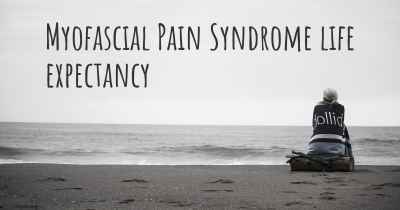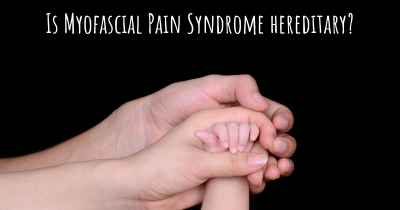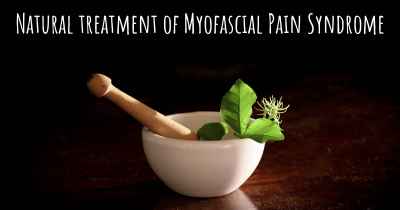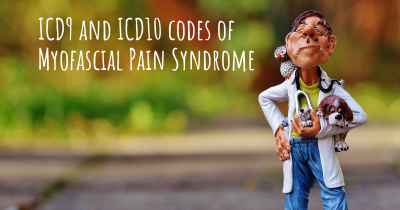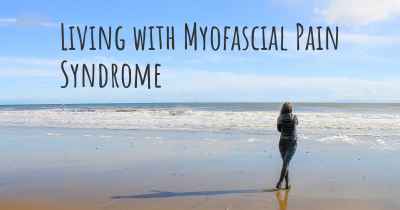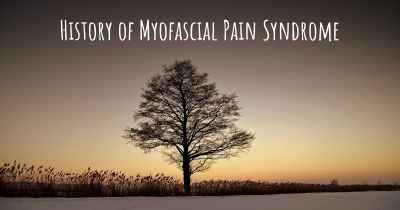Myofascial Pain Syndrome diet. Is there a diet which improves the quality of life of people with Myofascial Pain Syndrome?
Are you aware of a diet that can improve the quality of life of people with Myofascial Pain Syndrome? Is there a diet that is suggested to avoid when having Myofascial Pain Syndrome? See if there is a diet that can improve the quality of life of people with Myofascial Pain Syndrome, recommended and to avoid food when having Myofascial Pain Syndrome

Myofascial Pain Syndrome Diet: Improving Quality of Life
Myofascial Pain Syndrome (MPS) is a chronic condition characterized by the presence of trigger points in the muscles, which can cause pain and discomfort. While there is no specific diet that can cure MPS, adopting a healthy and balanced eating plan can help improve the overall quality of life for individuals with this condition.
The Role of Nutrition in MPS
Nutrition plays a crucial role in managing MPS symptoms and promoting overall well-being. A healthy diet can help reduce inflammation, support muscle health, and provide the necessary nutrients for optimal muscle function. Additionally, maintaining a healthy weight can alleviate stress on the muscles and joints, reducing pain and discomfort.
Key Dietary Recommendations
While there is no one-size-fits-all diet for MPS, incorporating the following dietary recommendations can be beneficial:
- Anti-Inflammatory Foods: Chronic inflammation is often associated with MPS. Including foods rich in omega-3 fatty acids, such as fatty fish (salmon, mackerel), walnuts, and flaxseeds, can help reduce inflammation and alleviate pain.
- Healthy Fats: Consuming healthy fats, such as avocados, olive oil, and nuts, can provide essential nutrients and support overall muscle health.
- Lean Protein: Including lean sources of protein, such as chicken, turkey, fish, tofu, and legumes, can aid in muscle repair and recovery.
- Colorful Fruits and Vegetables: Eating a variety of fruits and vegetables ensures an adequate intake of vitamins, minerals, and antioxidants, which are essential for overall health and muscle function.
- Whole Grains: Opting for whole grains like quinoa, brown rice, and whole wheat bread provides fiber and nutrients that support sustained energy levels and overall well-being.
- Hydration: Staying adequately hydrated is important for muscle health and overall bodily functions. Aim to drink plenty of water throughout the day.
Food Sensitivities and Triggers
While there is limited scientific evidence linking specific foods to MPS, some individuals may experience symptom exacerbation due to food sensitivities or triggers. It can be helpful to keep a food diary to identify any potential patterns between certain foods and symptom flare-ups. If you suspect certain foods may be aggravating your MPS symptoms, consider consulting with a healthcare professional or registered dietitian to explore potential dietary modifications.
Other Lifestyle Considerations
In addition to adopting a healthy diet, individuals with MPS can benefit from incorporating other lifestyle considerations:
- Regular Exercise: Engaging in low-impact exercises, such as swimming, walking, or yoga, can help improve muscle strength, flexibility, and overall well-being.
- Stress Management: Stress can exacerbate MPS symptoms. Incorporating stress management techniques, such as meditation, deep breathing exercises, or engaging in hobbies, can help reduce stress levels and improve overall quality of life.
- Proper Sleep: Getting adequate sleep is essential for muscle recovery and overall health. Establishing a regular sleep routine and creating a comfortable sleep environment can promote restful sleep.
- Posture and Ergonomics: Maintaining good posture and using ergonomic equipment can help reduce muscle strain and prevent trigger point development.
- Professional Support: Working with a healthcare professional, such as a physical therapist, chiropractor, or pain specialist, can provide personalized guidance and treatment options to manage MPS symptoms effectively.
Conclusion
While there is no specific diet that can cure Myofascial Pain Syndrome, adopting a healthy and balanced eating plan can significantly improve the quality of life for individuals with this condition. Incorporating anti-inflammatory foods, healthy fats, lean protein, colorful fruits and vegetables, whole grains, and staying hydrated can support muscle health and reduce inflammation. Additionally, considering individual food sensitivities and triggers, along with incorporating other lifestyle considerations, such as regular exercise, stress management, proper sleep, and posture, can further enhance the management of MPS symptoms. It is important to consult with healthcare professionals or registered dietitians for personalized advice and guidance.
